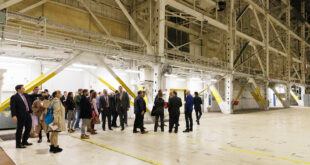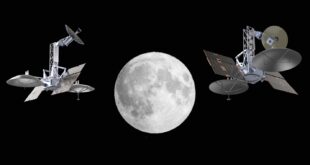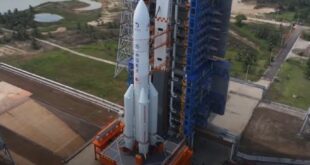
Berlin, 24 September 2020. – NASA Administrator Jim Bridenstine urged U.S. lawmakers to maintain the presence of the United States in Low Earth Orbit after the International Space Station (ISS) is decommissioned in 2030 and fund private companies to do that, the news agency AFP reported.
Testifying before the Commerce, Justice and Science Subcommittee of the Senate Appropriations Committee, Bridenstine said he was concerned about the U.S.’s position in space in the face of China’s plans to make its Tiangong space station operational by 2022.
The NASA Administrator also pleaded again for the full $3.2 billion budget NASA requested for 2021 for the Human Landing System (HLS) program.
“I’ll tell you one thing that has me very concerned — and that is that a day is coming when the International Space Station comes to the end of its useful life,” Bridenstine was quoted. “In order to be able to have the United States of America have a presence in low Earth orbit, we have to be prepared for what comes next”.
“We want to see a public-private partnership where NASA can deal with commercial space station providers, so that we can keep a permanent uninterrupted human presence in low Earth orbit,” said Bridenstine. “I don’t think it’s in the interest of the nation to build another International Space Station — I do think it’s in the interest of the nation to support commercial industry, where NASA is a customer.”
“China is rapidly building what they call the ‘Chinese International Space Station,’ and they’re rapidly marketing that space station to all of our international partners,” said Bridenstine. “It would be a tragedy, if, after all of his time, and all of this effort, we were to abandon low Earth orbit and cede that territory.”
 SpaceWatch.Global An independent perspective on space
SpaceWatch.Global An independent perspective on space




